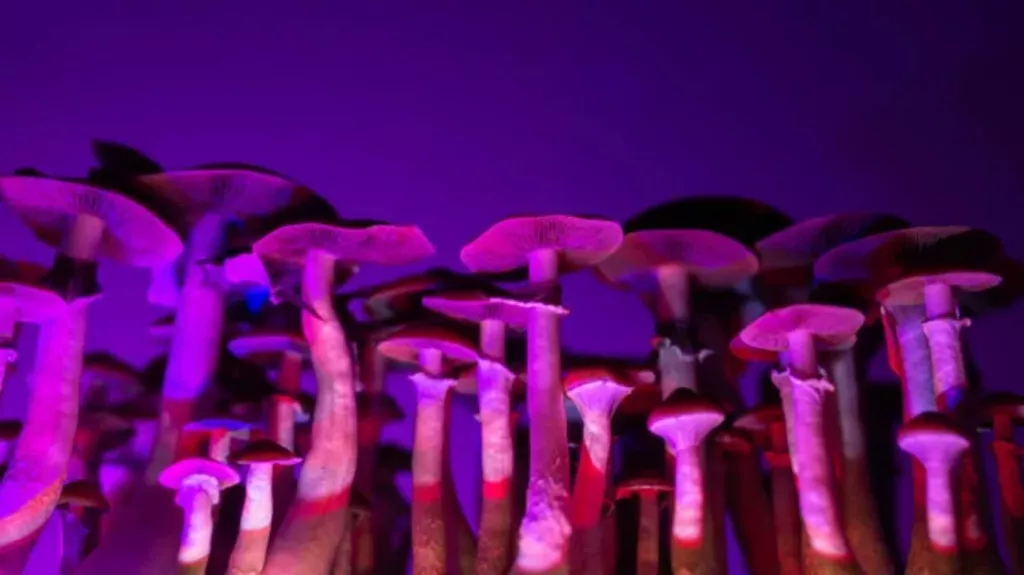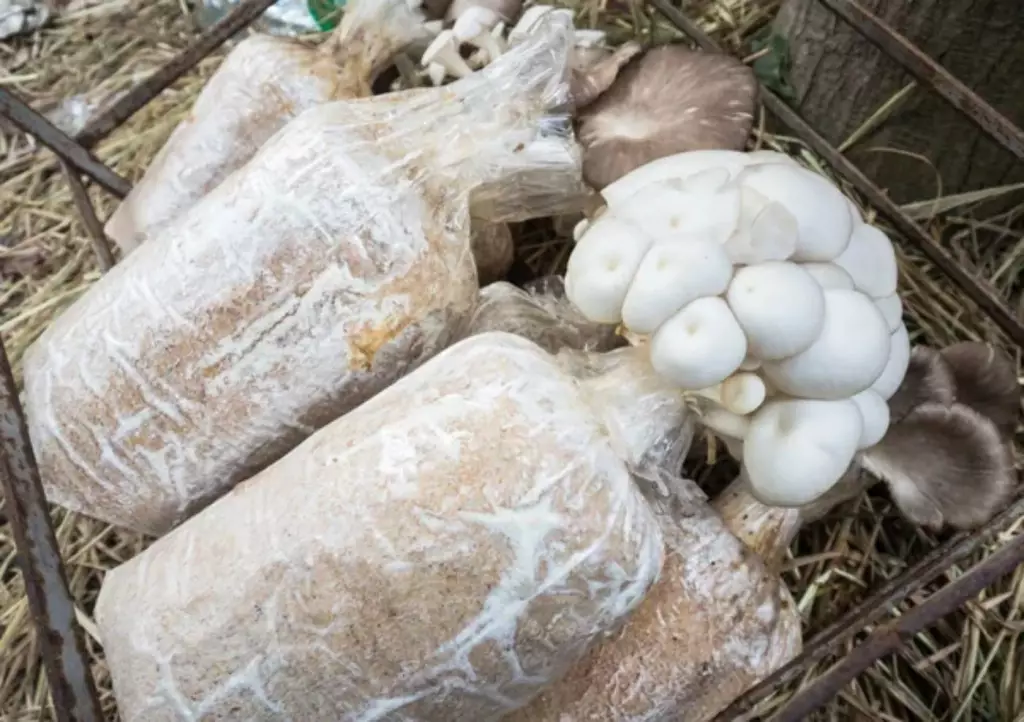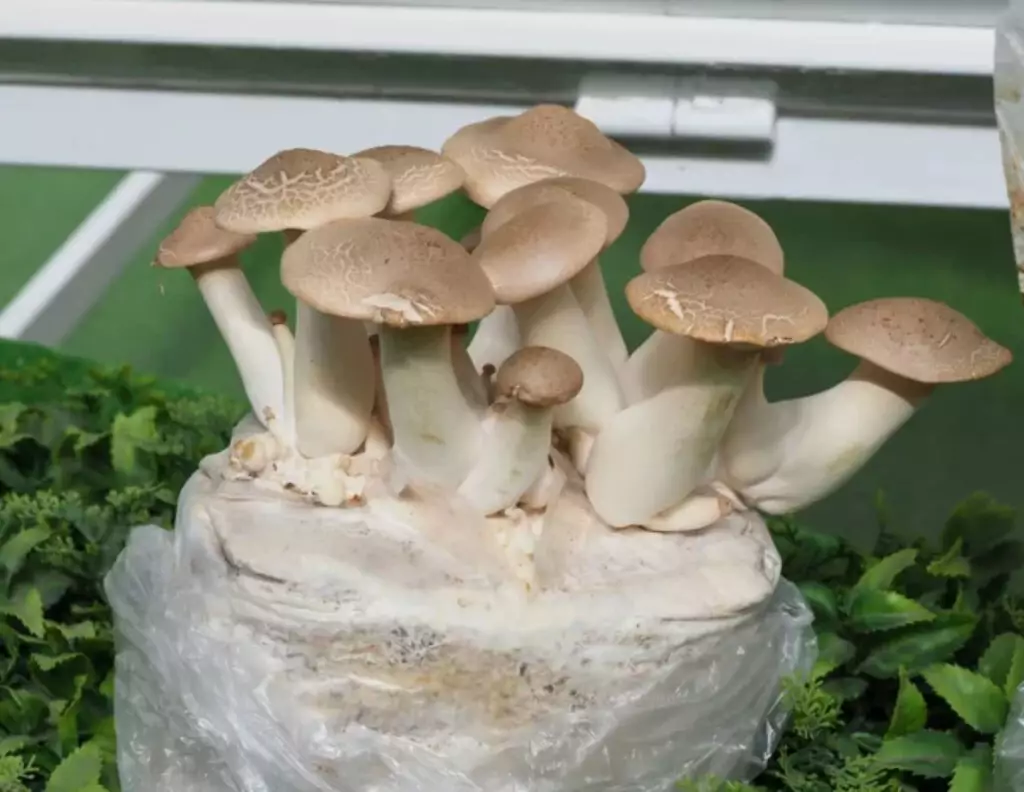Do Spawn Bags Need Air or Light?
Spawn bags are a popular tool to grow mushrooms - providing ease and convenience to growers. You may already know that they require an ideal temperature to become fully colonized, but you might be wondering if they have other requirements such as air or light. Below is our carefully researched article to answer your question about spawn bags and their air and light requirements.
Spawn bags need minimal air exchange during the colonization process, which can be provided by using bags with filter patches that allow air exchange whilst preventing contamination. On the other hand, light is not required during this stage. Excessive light exposure can inhibit mycelial growth and reduce yields.
There are varying methods that you can use to provide the necessary air and light requirements for your spawn bag. Some mushroom species need more air and light among others. You will get to know this information as you fully read this article.
Summary
- Spawn bags need a minimal amount of fresh air during colonization. This can be provided by using a bag with a filter patch. During fruiting, more air exchange is needed to encourage the mushrooms to produce a fruiting body.
- Light is not required when incubating spawn bags. In fact, mycelium grows best in dark, warm conditions. However, giving ambient light will also not affect the growth of the mycelium. Whether you grow the spawn bags in the dark or light is totally up to your preference.
- When spawn bags are ready to fruit, they should receive light as much as their species require. King oysters need to be exposed to indirect light for 12 - 16 hours, while Maitake mushrooms can fruit when exposed to 10 -12 hours of light per day.

On this page:
The Air and Light Requirement of Spawn Bags
When growing mushrooms, you are mainly responsible for researching their specific needs and monitoring if these are being maintained. Spawn bags or mushroom grow bags allow an easy way to control environmental factors such as temperature, humidity, air exchange, and light for successful mushroom cultivation.
During colonization, grow bags require a temperature between 75°F to 80°F (24°C to 27°C). Although achieving a temperature between this range helps shorten the colonization period, there are other factors that affect colonization, such as air and light.

Providing proper ventilation or air exchange can also speed up the growth of mycelium in spawn bags. The mycelium needs oxygen for healthy growth. At the same time, air exchange allows excess carbon dioxide to escape out of the bag to avoid choking the mushroom.
However, too much air exchange can also lead to contamination. For this reason, you may want to strike a balance between providing enough air for the mycelium to grow and limiting the risk of contamination. You can do this by specifically opting for spawn bags designed with a filter patch.
The filter port or patch on the bags is designed to allow clean air to be exchanged with the mycelium, helping to minimize the risk of contamination from unfiltered air. To give your spawn bags the best chance for success, you may want to check if the filter port is functioning correctly and not blocked or obstructed.
As for light exposure, research has shown that colonizing doesn't seem to be affected by light, and spawn bags can be colonized in the dark or under ambient light without affecting growth. This means that whether you keep your spawn bags in a dark or well-lit environment, your mushrooms should still develop and grow as expected.
However, too much light can still be an issue. For instance, using direct sunlight or strong artificial light sources can lead to uneven heating or premature pinning and slow down colonization. To optimize light conditions for mycelium growth, use indirect and diffused light such as fluorescent or LED lights.
Fruiting Spawn Bags Need Air and Light
While only minimal air and ambient light are needed during colonization, it differs when the mycelium is ready for fruiting. You will know that the bag is ready to fruit when you see that it is covered in an off-white color, firm to the touch, and there are no visible bare spots.
At this point, you ought to provide the ideal conditions to trigger fruiting, such as air exchange and light exposure, that mimic the mushrooms' natural environment. Ideally, most mushrooms require a fresh air exchange of 0.5 - 1 air exchange per hour and light exposure of 12 -16 hours of indirect light per day.
Fresh air exchange helps remove excess CO2 levels and bring in fresh oxygen. This lowers the temperature inside the spawn bag, triggering mushroom fruiting. You can replicate this by providing proper ventilation by installing a fan or other ventilation system to circulate the air in the growing area.
When it comes to light requirements during the fruiting stage, spawn bags need a consistent source of indirect light. Most of the time, indirect natural or fluorescent lighting can do the job. Many mushroom species require a specific light cycle to induce fruiting.

For example, when setting the fruiting conditions for king oyster mushrooms, light exposure using fluorescent or LED lights for 12 - 16 hours a day is most ideal for these species.
On the other hand, if you are growing and fruiting Maitake mushrooms, you may want to use a low-wattage LED light bulb with range of 5000–6500K to mimic the sunlight spectrum.
The ideal light exposure period is between 10 and 12 hours per day to stimulate natural daylight conditions. You might want to make sure that the light reaches all areas of the growing surface for uniform growth.
The amount and type of light required may vary depending on the specific species of mushroom being grown, but the best you can do is provide indirect, diffused light rather than direct sunlight, which can be too intense for the mushrooms.
Different Methods For Providing Air and Light for Spawn Bag
While you're here, it's best that you also have knowledge on the different ways you can provide air and light to your mushroom spawn bags. Some of the methods you can do to provide these conditions are:
1. Using micropore tape or a filter patch to allow air exchange
Most growers provide air exchange for spawn bags during the fruiting stage by cutting a small hole at the top of the bags and covering it with micropore tape or a filter patch. These materials allow for gas exchange while preventing contaminants from entering the bag.
2. Using a fruiting chamber to provide proper ventilation
A fruiting chamber is a controlled environment that provides proper air exchange and humidity for mushroom growth. These chambers have specific ventilation systems, such as an exhaust fan or air pump, which are used to regulate airflow and maintain optimal growing conditions.

You may opt for either a shotgun or monotub fruiting chamber depending on your needs. To help you decide, consider reading this article to weigh out their pros and cons.
3. Having a location that provides natural light
Placing the fruiting bags near a window or in a well-lit room can provide natural light for mushroom growth. However, natural light may not always be sufficient or consistent, depending on the location and time of day.
4. Using artificial light to be an additional source of light
You can utilize grow lights to provide consistent and controllable light for mushroom growth. However, for most mushroom growers, LED grow lights are the best choice because they are energy-efficient and can provide the specific light spectrum required for mushroom growth.
5. Have a combination of natural and artificial light
A combination of natural and artificial light may be used to provide optimal lighting conditions for mushroom growth. Mushroom growers typically place the fruiting bags near a window and supplement them with grow lights to ensure consistent lighting.
The amount and duration of air and light exposure greatly affect the growth and development of mushrooms. For this reason, your best bet to succeed is still monitoring and adjusting these factors as necessary for optimal growing conditions.



